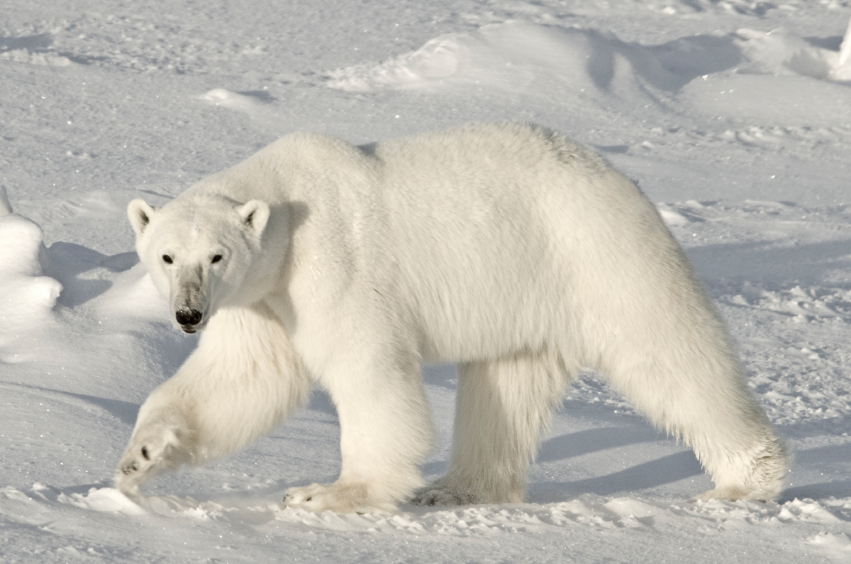
Not many people can say that they’ve ever seen a polar bear. Even fewer can say that they’ve been stalked for ten days by one of the arctic predators, hunted as prey and in risk of losing their lives.
English adventurer Tim Jarvis is one of those few. The decorated explorer has completed numerous expeditions to both the North and South Pole, even holding records for the fastest unsupported journey to the South Pole and longest unsupported journey in Antartica.
It was on a trip back in 2002 though, during an unsupported trek to the North Pole via 400km of frozen Arctic Ocean, that Jarvis was tracked by the mighty polar bear.
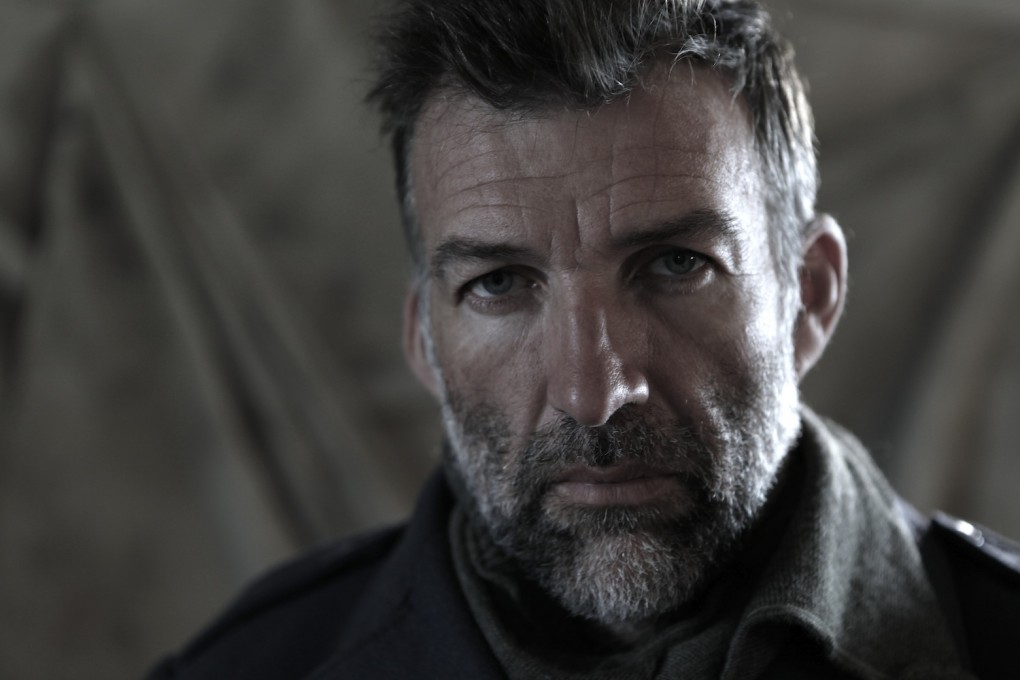
In extreme colds of worse than minus 40 Celsius, you’d expect there would be enough physical and psychological baggage on offer without the arrival of a polar bear, but Jarvis remembers the run-in with a telling mixture of prudence and enthusiasm.
“On one hand you’re fearful,” he says. “But on the other hand you’re just elated to have such a unique interaction with the top of the food chain. It is completely unique being felt of as food. It’s very unusual.
“The males weigh up to 600 to 700 kilos. Even the females weigh in about 450m. They’re not scared of you, they’re territorial, they’re extremely hungry and they stand between two or three metres tall.
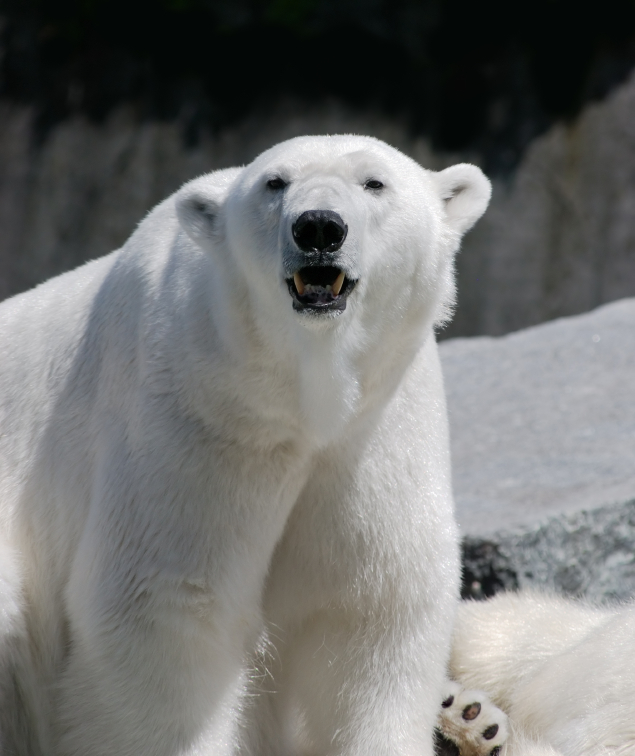
“[On this occasion] the bear would be anything from 50 metres to 100 metres away from us, and they are prepared to chase you. They’re very innovative creatures.”
Tim was joined by adventurer Peter Treseder on the The North Pole expedition. The fatigue and intensity of the trip saw Jarvis lose serious weight while walking, and the effort eventually had to be abandoned after Treseder contracted severe frost-bite in both feet.
So, in such intense conditions, how does one deal with a hungry polar bear? Some of the worse advice the environmental expert received was to drop an item of clothing as a distraction or to try and look bigger than the bear. Both tough tasks given the conditions and size of the animal.
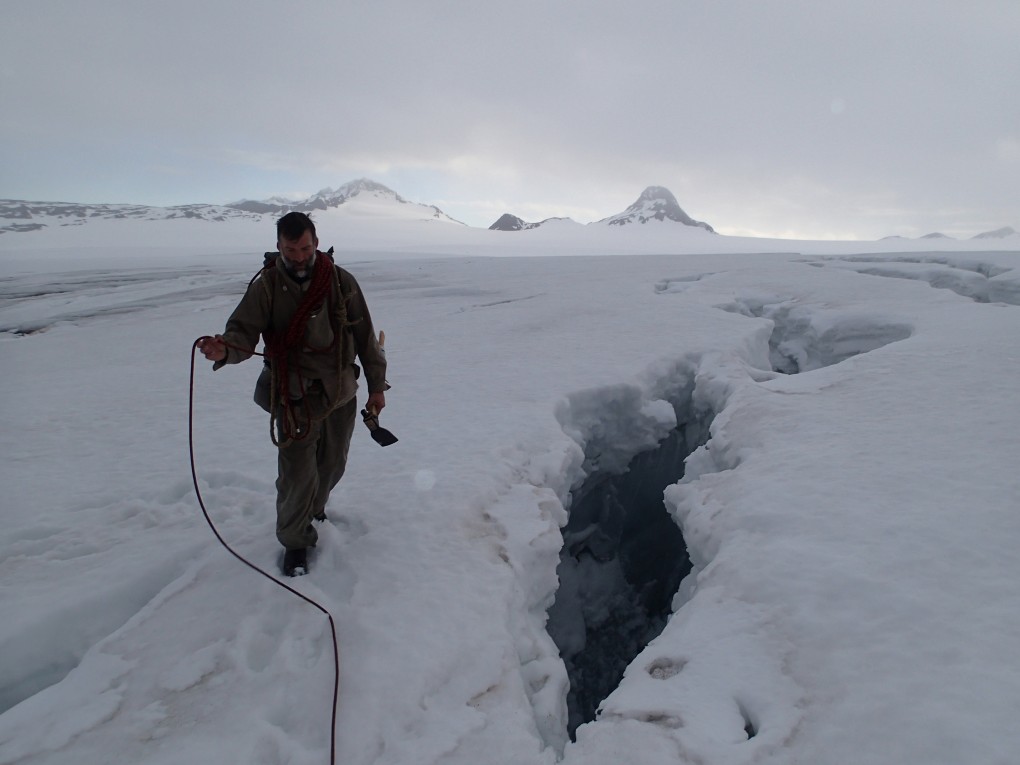
“Those techniques aren’t great,” he laughs. “What you typically have on an expedition like that, if you’re travelling with someone else, is one person with a gun – a .303 [calibre] rifle – capable of stopping a bear, and the other person would have a flare pistol, which would be used to attract the attention of any rescuers coming your way.
“So one of us had the flare and pistol and one of us had the gun. A flare pistol will scare a bear off, but not for long.
“Under no circumstances do you want to have to kill a polar bear though. You’ve chosen to go there and it has no say on whether you’re there or not.”
As you’ll have presumed from the fact that Tim is still alive and talking, the bear attack never came on that expedition, despite some seriously concerning warning signs.
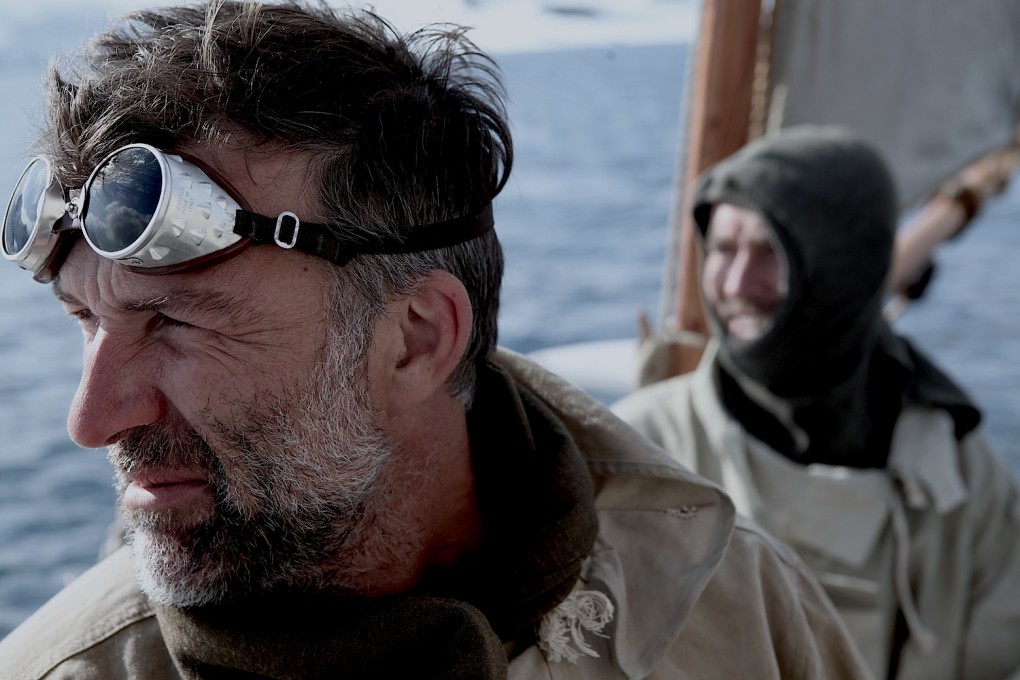
Jarvis’ feats have only got more impressive since that outing in 2002, going on to follow in the footsteps of Sir Douglas Mawson and more recently Sir Ernest Shackleton, retracing their expeditions in the Antarctic with the same ancient gear the pioneers used.
The hardest thing about jumping in a time machine and using ancient tents, clothes, rations, boats and equipment? Knowing that modern options would have made it so much easier.
Jarvis continued: “I think the biggest issue with turning the clock back and doing an expedition the old way was the fact that you know in your heart of hearts the modern technology would have made it all a lot simpler.
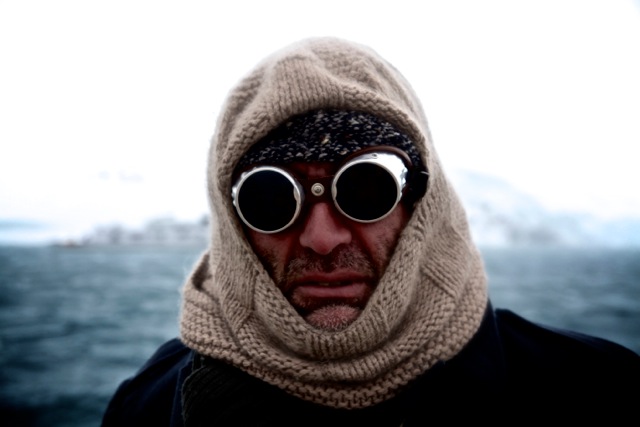
“We went there specifically to do the last bit of [Shackleton’s] journey, but we knew that batteries existed and Gore Tex and boats with keels and all these other things that would’ve made our journey relatively straight forward. Even things like sea sickness tablets and GPS that are so useful now just weren’t there.
“You have to look positively at these situations though, and how we looked at it was that it was bringing us closer to what he experienced.”
To find out more about Tim Jarvis’ ‘Shackleton Epic’ and purchase his book or film, head to the official exhibition website here.
You May Also Like
From Cycling The World To Rowing The Arctic… We Talk Adventure With Mark Beaumont
Do You Want To Go On An Adventure? This Handy Chart Should Sort You Out…